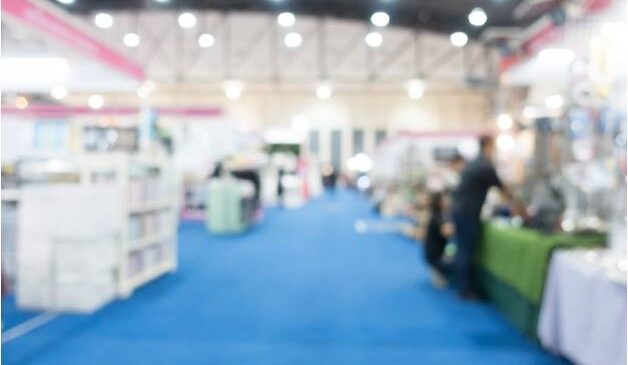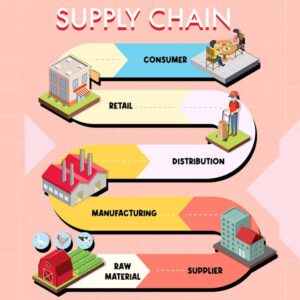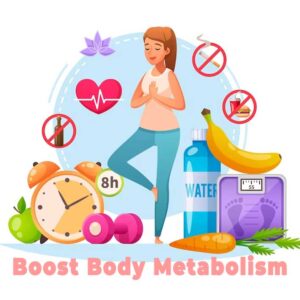Read Time:2 Minute, 2 Second
Planning an exhibition involves several important steps to ensure its success. Here are some key steps to consider:
- Define exhibition objectives:
Determine the purpose of the exhibition. Is it to showcase new products, generate leads, build brand awareness, or network with industry professionals? Clarify the goals to guide exhibition planning process. - Set a budget:
Determine a realistic budget that covers all aspects of the exhibition, including venue rental, booth design and construction, marketing materials, staffing, travel expenses, and any additional costs. Ensure the budget aligns with exhibition objectives. - Select the right venue:
Choose a venue that suits exhibition’s requirements in terms of space, location, accessibility, amenities, and target audience. Consider factors such as parking facilities, nearby accommodation, and transportation options. - Develop a timeline:
Create a detailed timeline that outlines all the necessary tasks and deadlines leading up to the exhibition. This includes booking the venue, designing and printing marketing materials, organizing logistics, and training staff. - Design an appealing booth:
Create an eye-catching booth design that aligns with clients brand and attracts visitors. Consider factors such as layout, signage, lighting, interactive elements, and product displays. Ensure the booth design effectively communicates exhibition’s key messages. - Plan marketing and promotion:
Develop a comprehensive marketing strategy to create awareness and attract the target audience. Utilize various channels such as email marketing, social media, press releases, advertising, and targeted outreach. Consider partnerships and collaborations to maximize exposure. - Engage with attendees:
Plan interactive activities, demonstrations, or presentations within the booth to engage visitors and leave a lasting impression. Consider offering giveaways, contests, or exclusive promotions to encourage participation and capture leads. - Train and prepare staff:
Ensure the booth staff is well-trained and knowledgeable about the products or services. They should be able to effectively communicate the key messages, answer questions, and engage with attendees in a professional and friendly manner. - Arrange logistics:
Coordinate logistics such as shipping, transportation, and accommodation for the team and exhibition materials. Make sure all necessary equipment, products, and marketing materials are properly prepared and organized. - Follow-up plan:
Develop a plan to follow up with leads and contacts made during the exhibition. This may include sending personalized emails, making phone calls, or scheduling meetings to nurture relationships and convert leads into customers.
Finally, flexibility and adaptability are important throughout the planning process. We have to be prepared to make adjustments as needed and continuously evaluate the success of the strategies to optimize future exhibitions.














